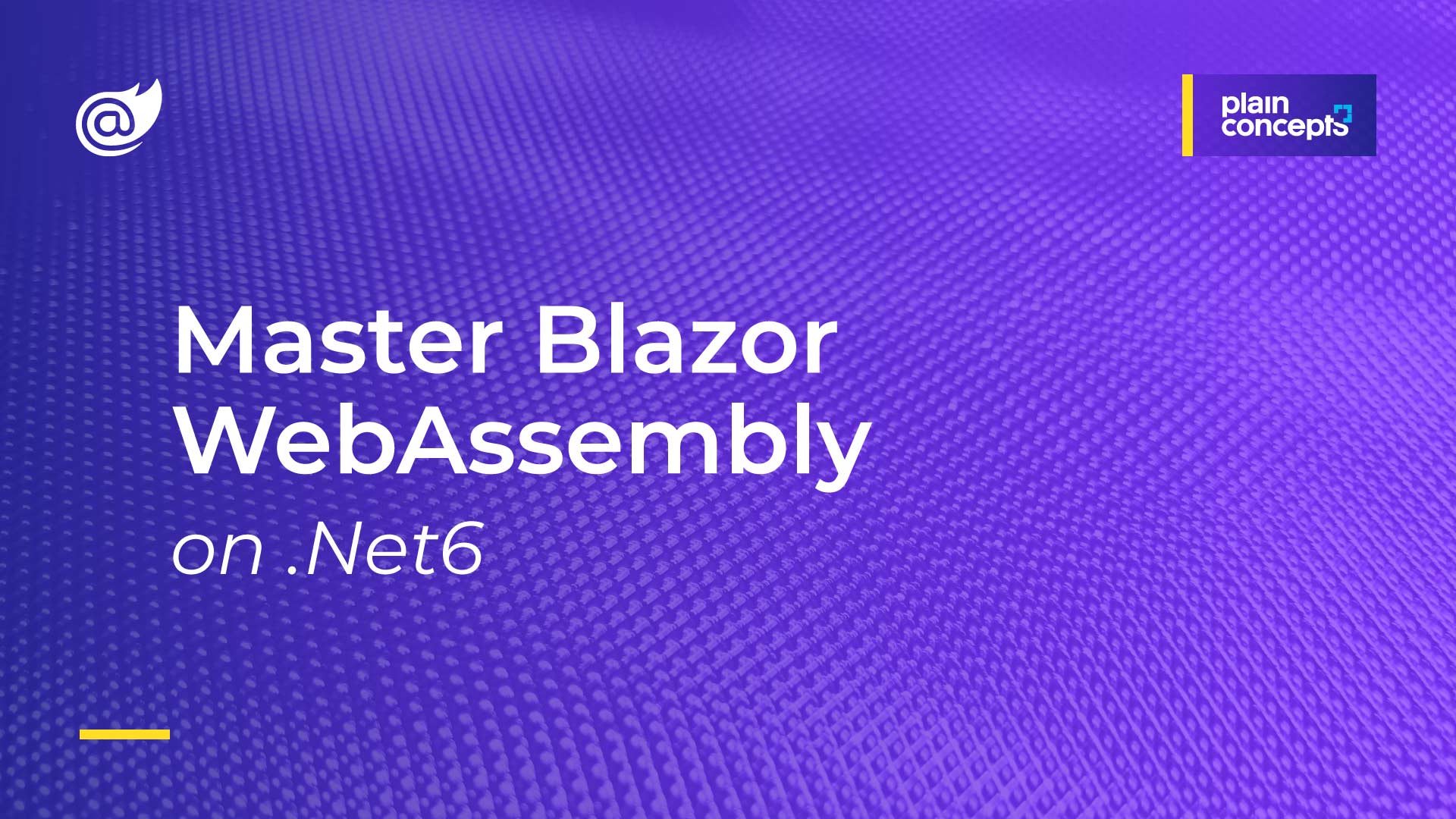
Introducing WaveEngine 3.1 based on .NET 5
We are glad to announce that, aligned with Microsoft, we have just released WaveEngine 3.1 with official support for .NET 5 and C# 9. So if you are using C# and .NET 5, you can start creating 3D apps based on .NET 5 today. Download it from the WaveEngine download page right now and start creating 3D apps based on .NET 5 today. We would like to share with you our journey migrating from .NET Core 3.1 to .NET 5, as well as some of the new features made possible with .NET 5.
From .NET Core 3.1 to .NET 5
To make this possible we started working on this one year ago when we decide to rewrite our low-level graphics abstraction API to support the new Vulkan, DirectX12, and Metal graphics APIs. At that time, it was a project based on .NET Framework with an editor based on GTK# which had problems supporting new resolutions, multiscreen, or the new DPI standards. At that time, we were following all the great advances in performance that Microsoft was doing in .NET Core and the future framework called .NET 5 and we decided that we had to align our engine with this to take advantage of all the new performance features, so we started writing a new editor based on WPF and .NET Core and changed all our extensions and libraries to .NET Core. This took us one year of hard work but the results comparing our old version 2.5 and the new one 3.1 in terms of performance and memory usage are awesome, around 4-5x faster.
Now we have official support for .NET 5 and this technology is ready for .NET 6 so we are glad to become one of the first engines to support it. This is an overview of what we are building with WaveEngine 3.1 and .NET 5:

We are using the .NET 5 stack on all platforms where it is possible, Windows, Linux, MacOS, and Web and we use the Mono stack where it is not possible, but we are ready for .NET 6 so that we can finally unify this to use single .NET stack for all our supported platforms. One of the most interesting features that you can see in this diagram is that WaveEngine is easy to integrate with several user interface technologies like WPF, Windows Forms, or SDL. If you need to integrate a 3D graphics viewer for data visualization inside new projects with .NET 5 this is a great technology to use.
WASM
Another interesting technology in .NET 5 is a new compiler called “dotnet-wasm” with the ability to compile C# code directly to WASM to run in web browsers. Microsoft is pushing this technology as the heart of Blazor and we are able to take advantage of this to run WaveEngine on the web platform using dotnet-wasm, emscripten, and WebGL/WebGPU. It is something that we have been dreaming of for years and now it is possible, here you can see it in action with project Paidia:

(The Project Paidia demo is a simple game with a new artificial intelligent model running using ONNX.js and WaveEngine on the browser)
New post-processing pipeline
With the new .NET 5 release, we will also publish a new tool inside our standalone editor to edit the postprocessing pipeline with a graph editor. We believe this is something new in this area that will allow users to design professional postprocessing pipelines in their apps. It looks like this:

The new postprocessing pipeline is completely based on Compute Shader where it is possible to apply new techniques such as LDS (Local Data Share) to improve the standard performance-based on Pixel shader. Every box in the editor graph is a compute shader with inputs and outputs, the user can write his compute shader in our effects editor or use some of the built-in ones included in the new version.
For our Standard Material, the new version comes with a Standard Post-Processing graph that users can edit to adapt to their needs. The standard graph comes with all these techniques: TAA (temporal antialiasing), Bokeh DoF (Depth of Field), SSAO (Screen Space Ambient Occlusion), SSR (Screen Space Reflections), Camera Motion Blur, Bloom, Grain, Vignette, Color Gradient, and FXAA.
In this video you can see all these techniques applied at the same time in a demo project:
Resources
Start developing 3D apps with .NET 5 and C# 9 right now following these next steps:



